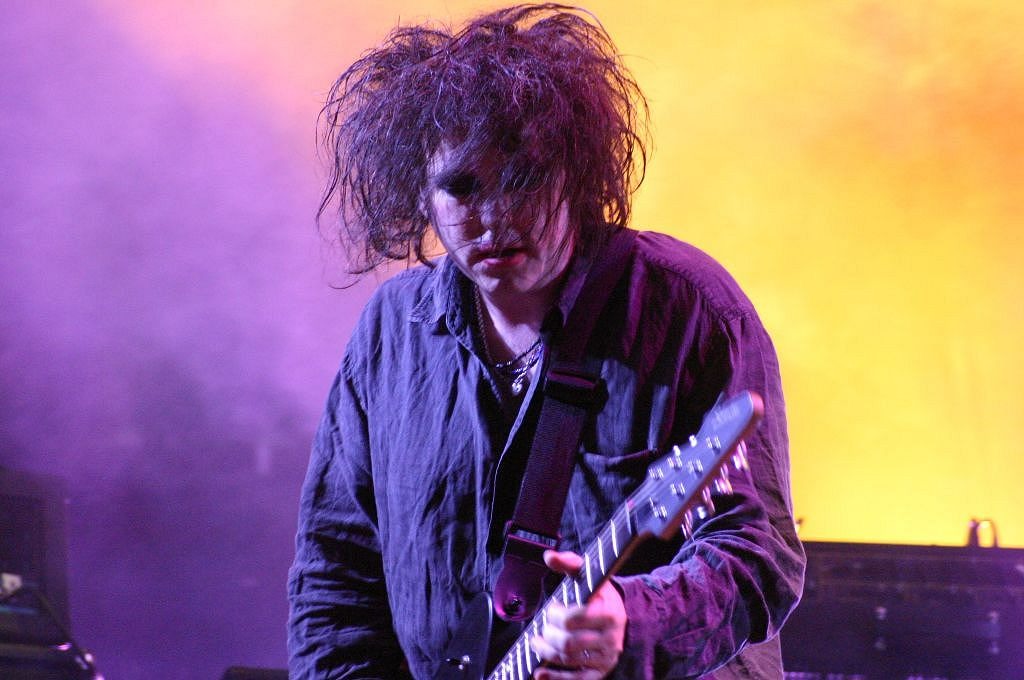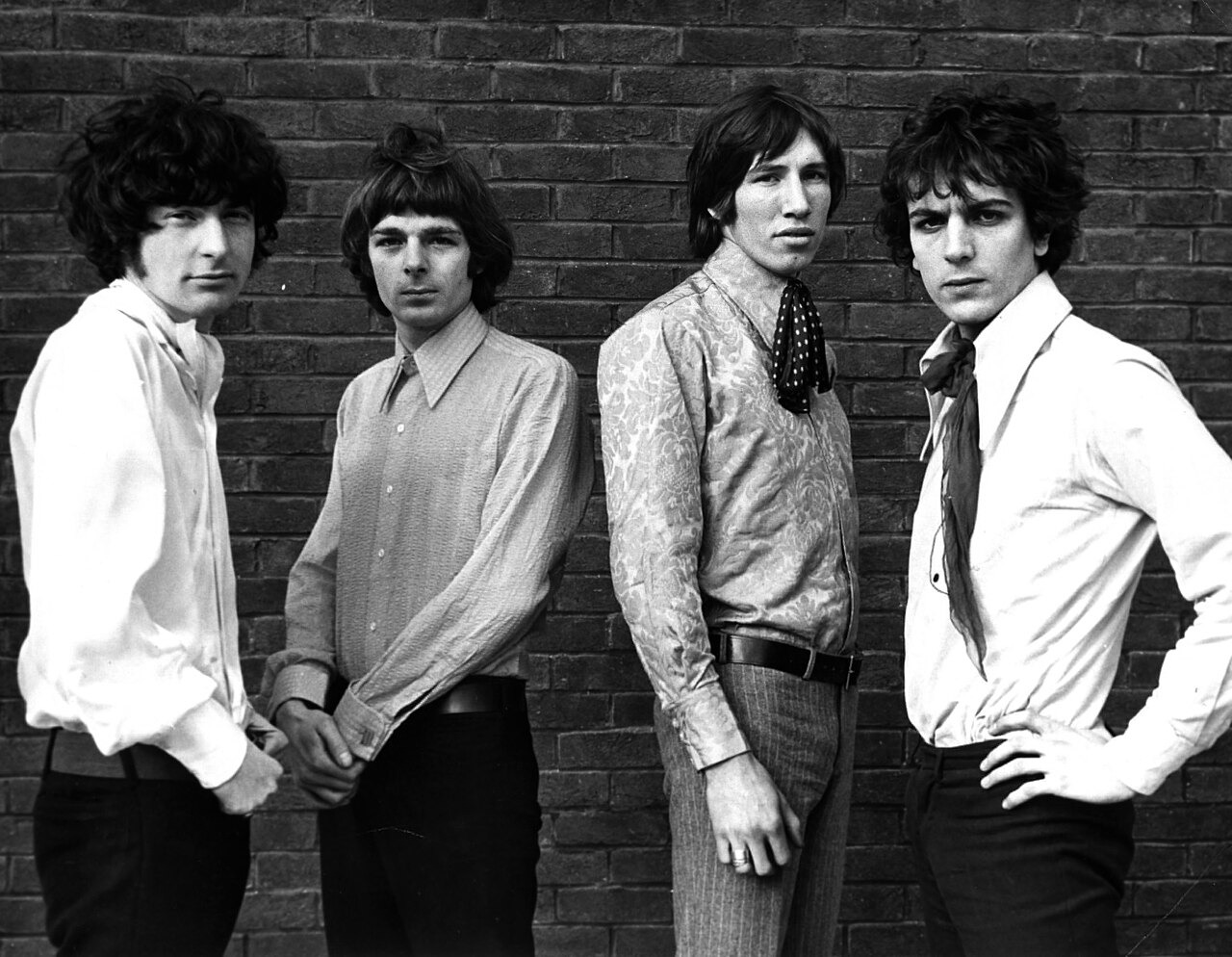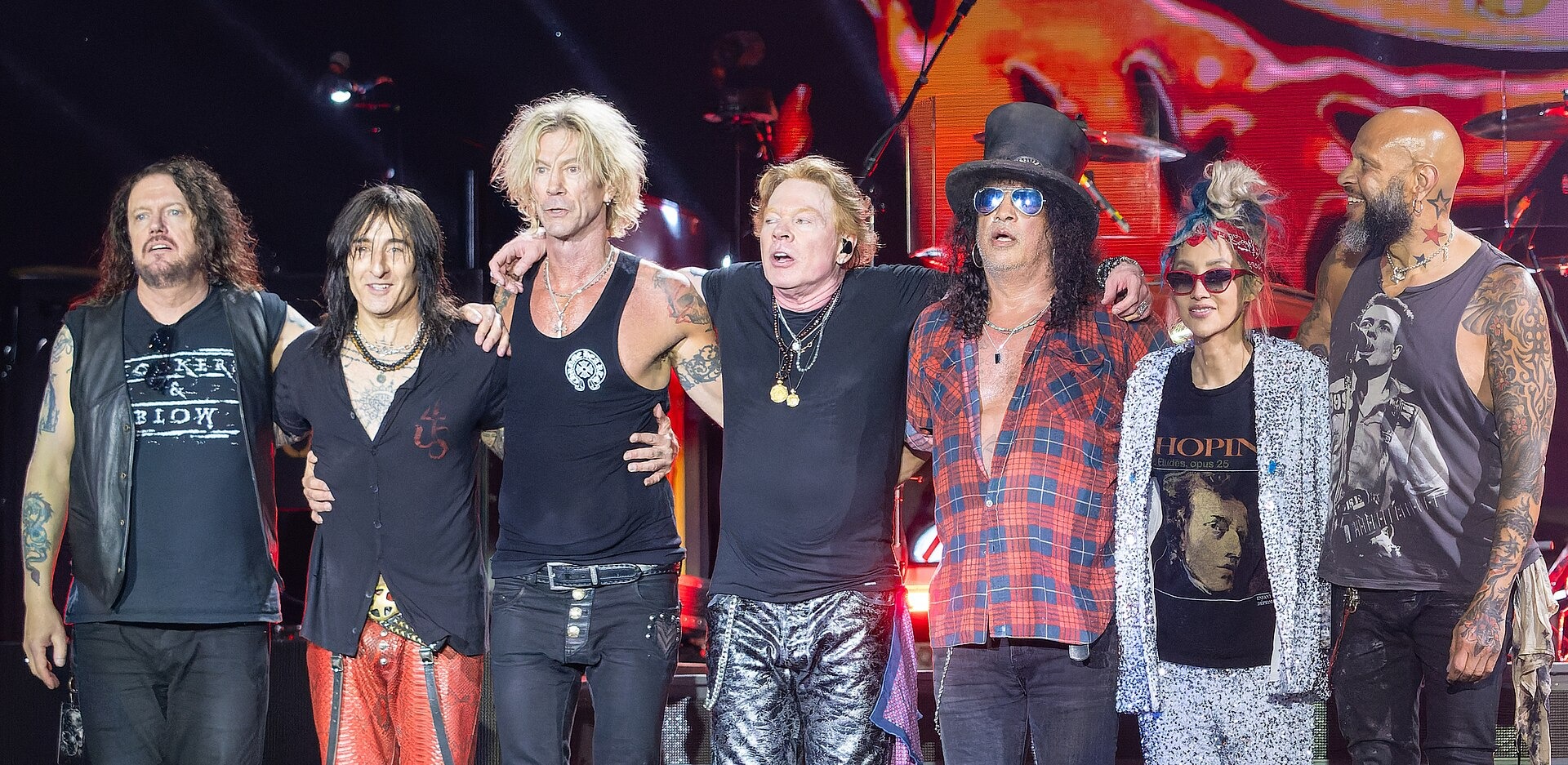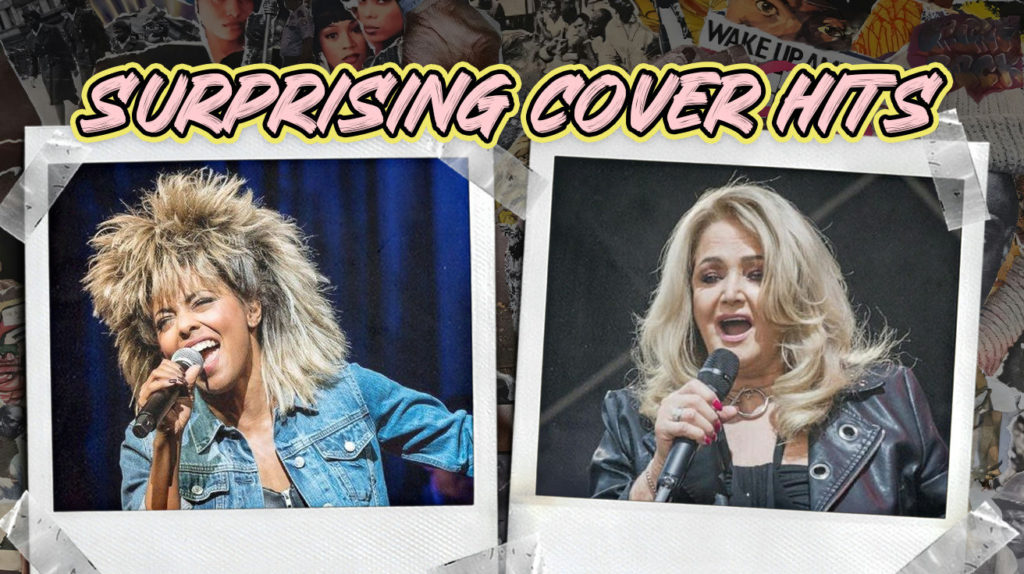
Music lovers often cherish favorite songs, rarely questioning their origins. Few experiences compare to discovering a beloved hit wasn’t original! Countless artists have reinterpreted classics, often eclipsing the first recording. This list reveals the surprising backstories behind significant covers, expanding your musical knowledge and appreciation.
The selection process emphasized impact and surprise, focusing on songs that transformed or overshadowed their sources.
34. I Love Rock and Roll
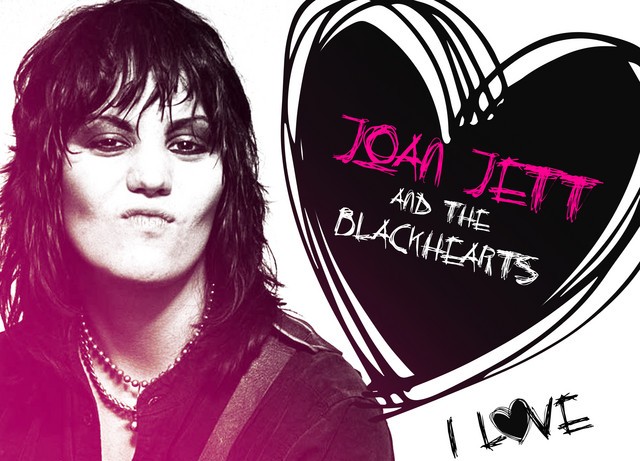
Over 80% of listeners assume Joan Jett’s “I Love Rock and Roll” is her original composition. Yet, the song’s story begins in 1975, when the British rock band The Arrows first released it. Written by Alan Merrill and Jake Hooker, the tune initially gained modest attention—like a killer amp gathering dust in a pawn shop.Joan Jett encountered it and recognized its potential.
In 1981, she transformed the song with her bold, rebellious style and signature raw energy. Jett cranked the tempo, added a chunky downstroke guitar attack, and injected that unmistakable snarl in her vocals. The result? A record that became a US Billboard Hot 100 number-one single for seven weeks and the soundtrack to countless air-guitar championships.
33. Ring of Fire
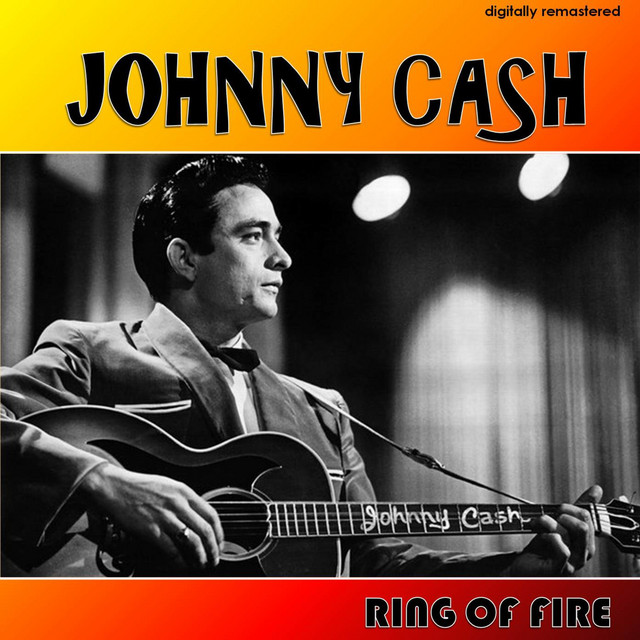
The booming baritone of Johnny Cash makes “Ring of Fire” seem inseparable from his identity. Yet this iconic track began with his future wife, June Carter, and Merle Kilgore. Anita Carter, June’s sister, first released “Love’s Ring of Fire” one year before Cash with a softer, waltz-like feel in 3/4 time.
Though Anita’s version introduced the song, it lacked Cash’s signature sound. Johnny’s stroke of genius? Adding those mariachi-style horns in the key of G major and dropping the tempo to create that unmistakable swagger. The lyrics described love’s consuming intensity, essentially Cash admitting that June had him completely whipped—in the most iconic way possible.
32. The Best
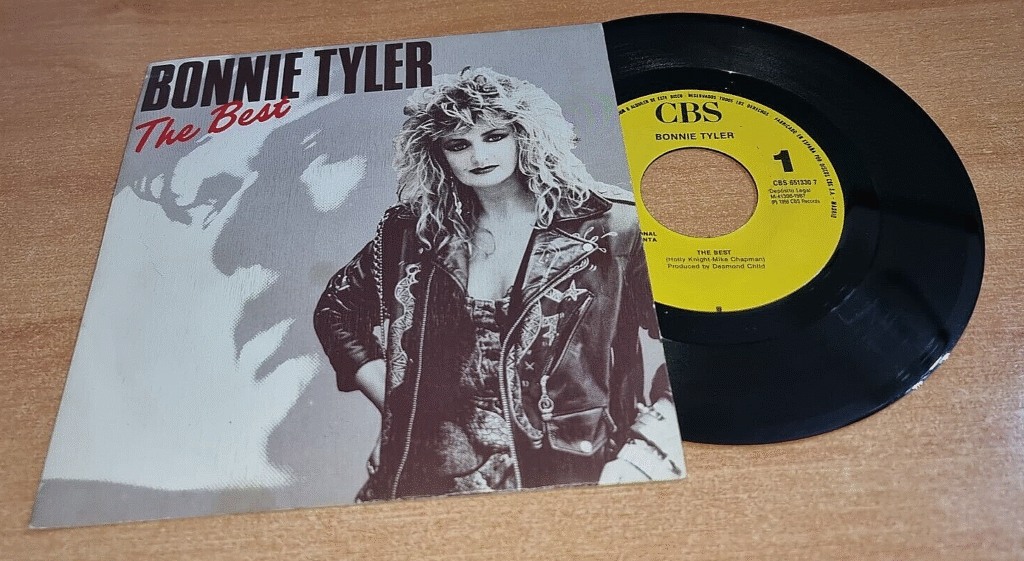
Astonishingly, Tina Turner’s anthem “The Best” wasn’t initially hers. In 1988, Bonnie Tyler, the Welsh singer, first performed the song, delivering a rock-infused rendition in the key of F major. Tina Turner transformed the song the following year into a pop masterpiece, shifting to E major to better showcase her powerhouse vocal range.
Where Tyler’s version emphasized guitars and a raspy rock delivery, Turner’s highlighted her powerful vocals and catchy arrangements built around a punchier drum pattern. This pop-infused version resonated globally—proof that sometimes the second contestant in the talent show is the one who brings down the house.
31. I Think We’re Alone Now
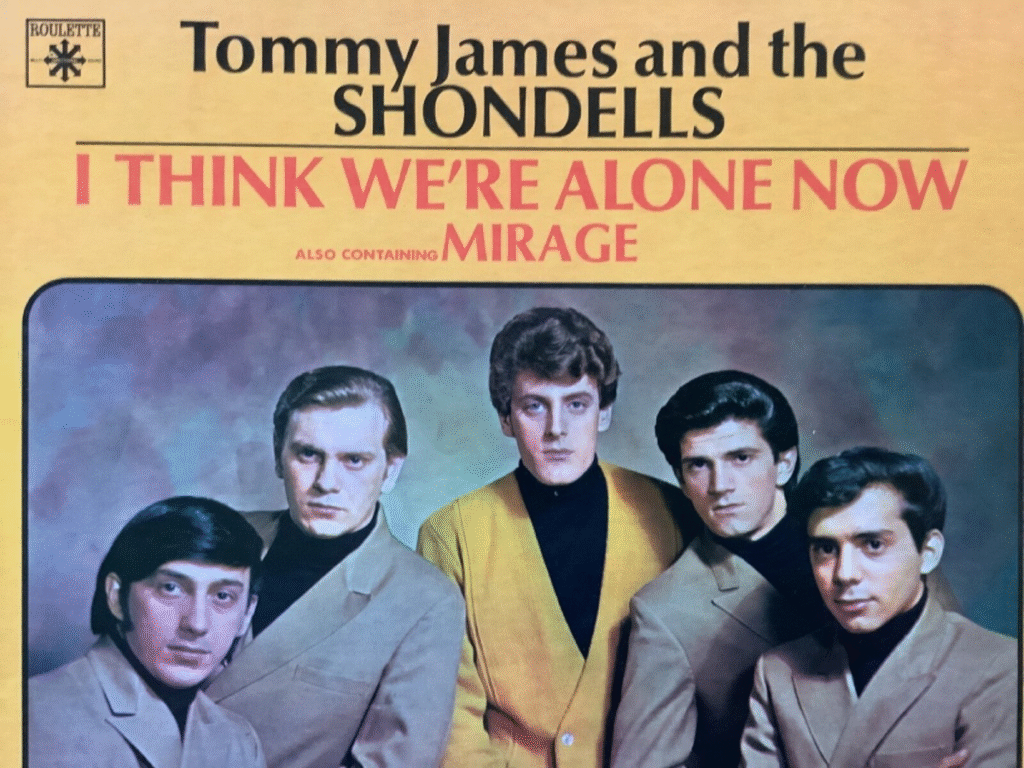
The psychedelic era of 1967 witnessed the birth of “I Think We’re Alone Now,” originally by Tommy James and the Shondells. Music historians note its initial garage rock feel with a prominent Farfisa organ and mid-tempo shuffle in the key of E minor. The original became a top 10 hit—back when teenagers still had attention spans.
Then, in the 1980s, Tiffany transformed the song. Tiffany’s bubblegum pop version, layered with synth melodies, drum machines, and a 120 BPM dance tempo, topped charts and dominated mall tours nationwide. While the Shondells offered raw energy, Tiffany presented polished pop—essentially trading leather jackets for scrunchies and still conquering the world.
30. Bette Davis Eyes

Before Kim Carnes’ raspy rendition, “Bette Davis Eyes” existed in relative obscurity. In 1974, Jackie DeShannon, also one of the songwriters, offered a gentler folk-pop version with a lilting 6/8 rhythm and acoustic arrangements. Then came the 1980s and Kim Carnes’ transformation—like trading in a vintage Volvo for a DeLorean.
Carnes’ version won a Grammy Award for Song of the Year, thanks to its revolutionary synthesizer-driven arrangement in a minor key with that instantly recognizable Roland Jupiter-8 riff. While DeShannon’s original was heartfelt, Carnes’ smoky delivery captured a sinister allure, transforming lyrics about Bette Davis’ captivating eyes into the sonic equivalent of film noir.
29. I Feel for You
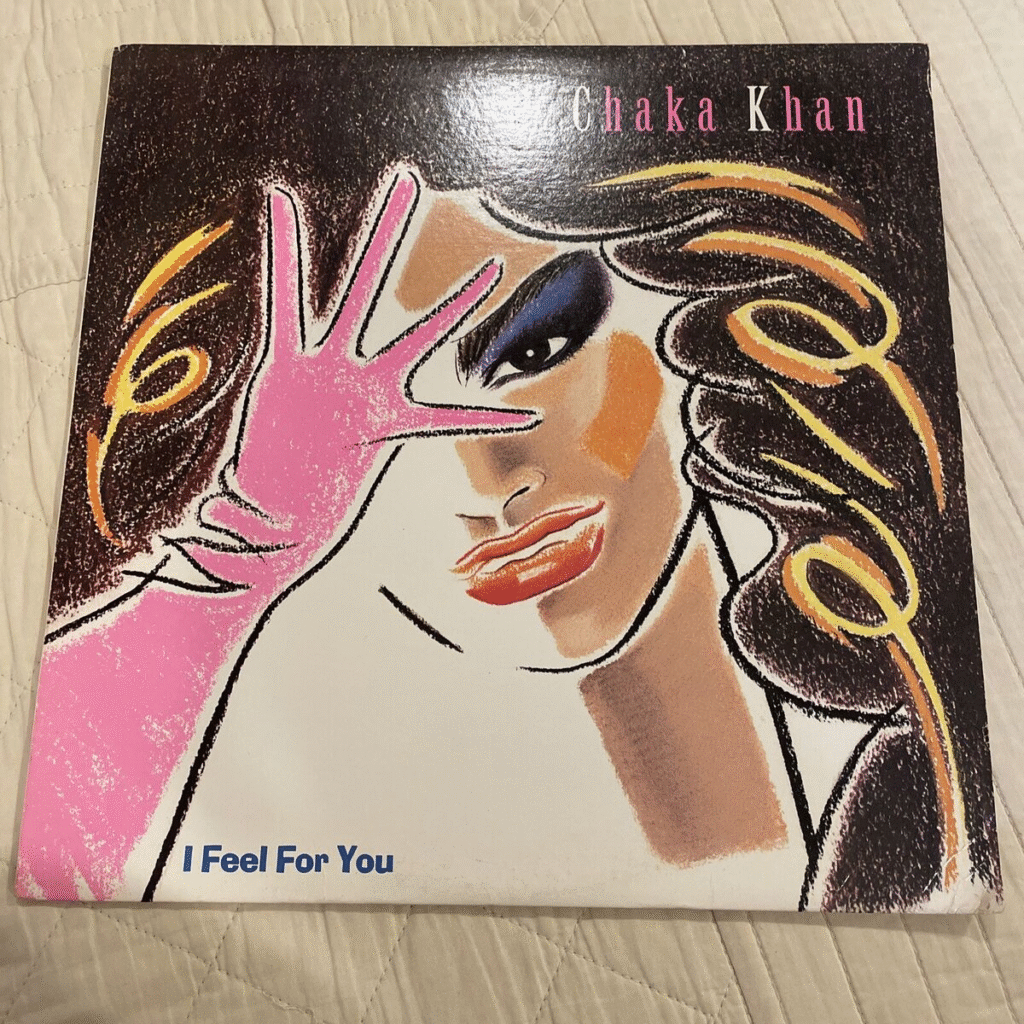
Over 90% of music fans are unaware that Prince penned Chaka Khan’s hit, “I Feel for You.” Originally on his 1979 album, Prince’s version showcased his eclectic style. But Chaka Khan, in the 1980s, reimagined it with Stevie Wonder’s harmonica and Melle Mel’s rap.
This fusion created a cross-genre sensation. Prince’s composition sparked a bridge between R&B, pop, and hip-hop. Khan’s version showcased his songwriting and his influence on musical styles. Recognizing his contribution enriches the experience.
28. Barbara Ann
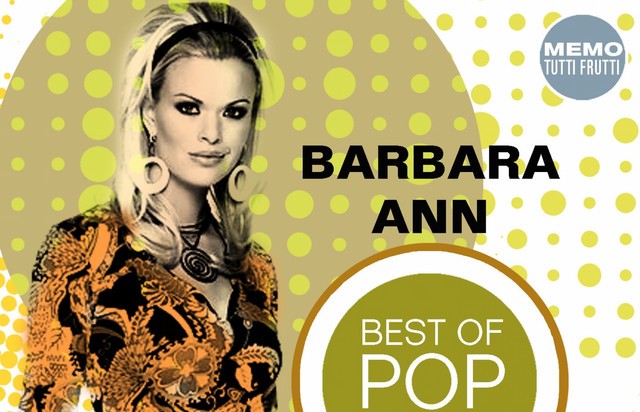
Doo-wop represents a genre defined by vocal harmonies and upbeat rhythms. The Regents first popularized “Barbara Ann” with this sound a few years before The Beach Boys. Later, in the 1960s, The Beach Boys transformed the song.
The Beach Boys incorporated their signature harmonies. The Regents’ version emphasized tight vocal arrangements, while The Beach Boys’ added surf rock elements. Some argue the original better captures doo-wop purity. However, The Beach Boys’ version reached a wider audience. Their rendition made it an enduring anthem.
27. Louie Louie

Ever wondered why a simple song caused such a stir? Richard Berry wrote and performed “Louie Louie” at least 5 years before The Kingsmen’s rendition. Then, in the 1960s, The Kingsmen’s version sparked controversy.
Its muddled lyrics led to widespread misinterpretation. Some listeners believed the song contained obscene messages. The FBI even investigated. Despite the rumors, “Louie Louie” became a cultural touchstone. It spoke to the rebellious spirit of the era.
26. Have Love, Will Travel
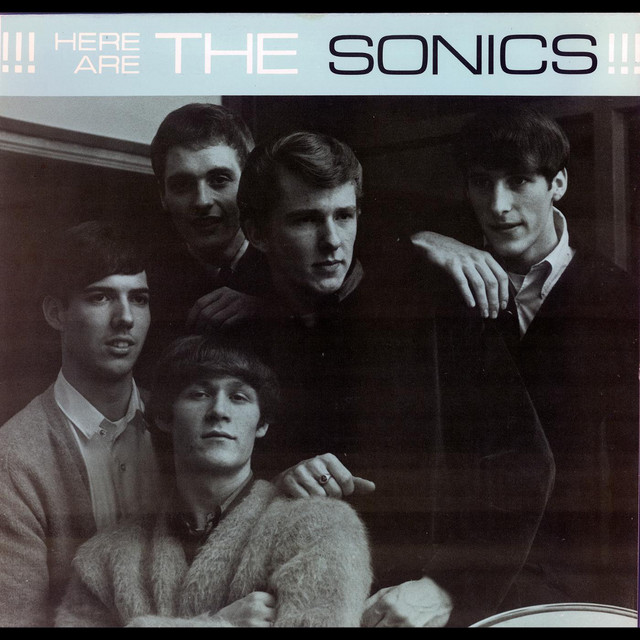
Listening to “Have Love, Will Travel” is like plugging directly into pure energy. Though written by Richard Berry, The Sonics transformed it. In 1965, The Sonics released a garage rock cover. Their raw sound, driven by distorted guitars and pounding drums, became iconic.
This energy influenced punk rock, sparking countless other covers. The song’s straightforward lyrics, paired with unbridled instrumentation, proved irresistible. Music critics agree The Sonics turned a simple song into a rock and roll masterpiece.
25. At Last

Imagine the shimmering strings and a smoky voice filling the room. Two decades before Etta James, “At Last” began as a big band tune. Glenn Miller performed it in Sunny Valley Serenade. Then, Etta James transformed it into a soul ballad.
The lush orchestration and James’ emotive delivery made it timeless. The big band version suited dance halls, Etta James suited weddings. Many younger folks only know the Etta James rendition. Etta James turned a nice piece into something that can be played at any time.
24. Respect

Consider a world where “Respect” never became an anthem. Otis Redding wrote and performed it first in a moderate 12/8 tempo as a man’s plea for recognition when he returns home from work. But Aretha Franklin completely flipped the script—like turning a Ford pickup into a Lamborghini overnight.
Franklin’s version shifted to a faster 4/4 beat, added the iconic “sock it to me” backup vocals, and included spelling ‘R-E-S-P-E-C-T’. Her reimagining transformed the song from a man’s domestic request to a woman’s universal demand for dignity. Franklin’s vocals—precise yet raw, controlled yet explosive—created a feminist anthem with so much power it practically needs its own electrical grid.
23. Hard to Handle
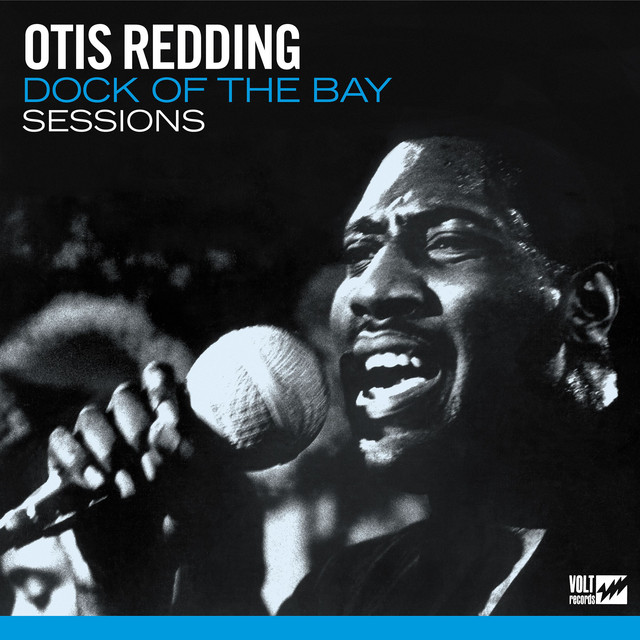
A blues-rock arrangement features distorted guitars and a driving rhythm. The Black Crowes applied this formula to “Hard to Handle.” Otis Redding first wrote it, emphasizing soul. Yet, The Black Crowes transformed it.
Their 1990 version emphasized guitar solos and raw energy. What began as smooth soul morphed into something that had a more aggressive vibe. While remaining true to soul, it appealed to rock fans. The Black Crowes’ version hit number 26 on the Billboard Hot 100.
22. Twist and Shout
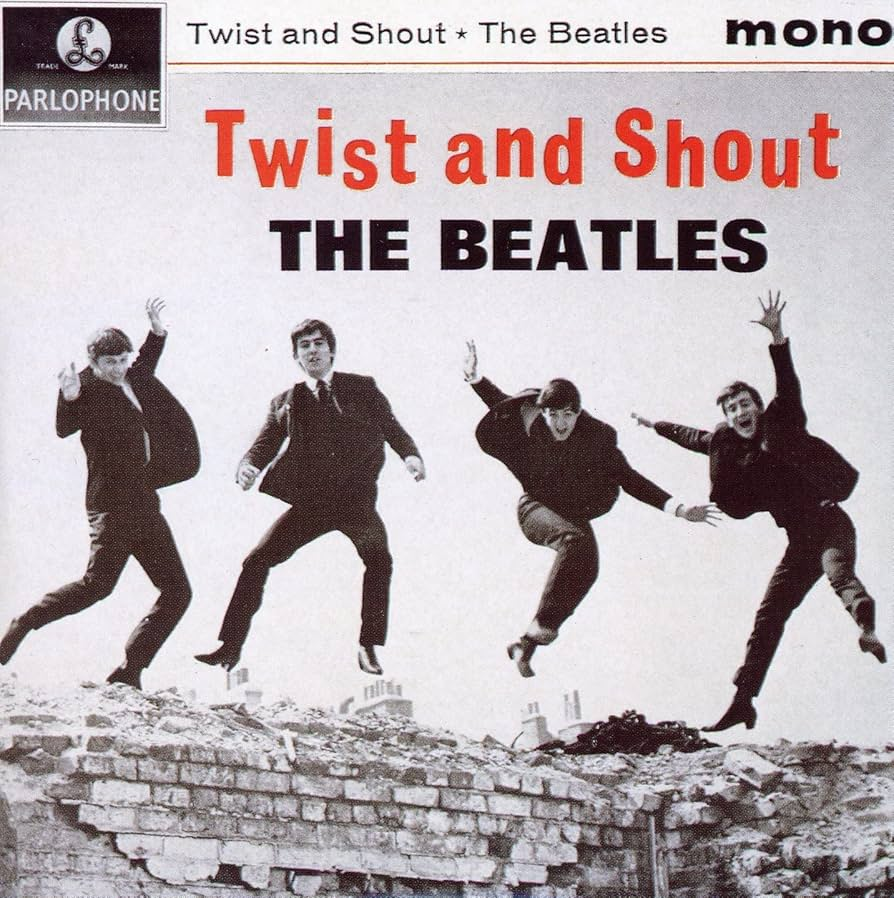
The Top Notes wrote it, and The Isley Brothers released it with tight R&B harmonies and a swinging horn section at 130 BPM. The Beatles recorded it last on their first album when John Lennon’s voice was already shredded—which turned out to be exactly what the doctor ordered (if the doctor was prescribing rock and roll revolution).
The Beatles stripped away the horns, cranked the tempo to 145 BPM, and leaned into the rawness with John’s now-legendary vocal performance tracked in a single take. That performance ignited Beatlemania at live shows and on record. The Beatles effectively transformed a polished R&B dance number into a primal rock scream—like trading a tailored suit for a leather jacket and finding out it fits even better. Countless artists have reinterpreted classics, often eclipsing the first recording—sometimes even redefining what we consider the greatest tracks in history. For more on iconic originals and their enduring legacies, explore the top 69 greatest songs ever written.
21. I’ve Got My Mind Set on You

Because few know James Ray, many assume George Harrison originated “I’ve Got My Mind Set on You.” In 1962, James Ray released his R&B version. But in 1987, Harrison made it pop-rock. Thus, it revitalized his solo career.
This made the song a hit. Harrison’s rendition overshadowed Ray’s earlier recording. The track showcases how one artist’s vision can completely transform a composition, finding success by adapting it to contemporary tastes and production styles.
20. Suspicious Minds

Most people assume that Elvis always had success. But Elvis’s career had its ups and downs. “Suspicious Minds” wasn’t from Elvis originally but from Mark James. After years of decline, Elvis needed a hit.
Elvis turned that around with his number 1 hit. He revived his fading career. It was his last number-one. To this day, its raw emotion resonates with new generations. Hearing it now, you can feel Elvis connecting with the song on a profound level.
19. Not Fade Away

Imagine rock and roll without Buddy Holly’s genius. He and the Crickets first made “Not Fade Away” famous. Their rockabilly vibe became iconic. The Rolling Stones, later, amplified it. They infused their rock and roll version with their distinct energy.
Buddy Holly laid the foundations for much rock music. The Stones, with their amplified version, broadened rock’s sound. Thanks to The Stones, “Not Fade Away” continues to engage fans. Over 60 years later, Buddy Holly’s legacy thrives.
18. I Fought the Law

“I Fought the Law” is like a shout of defiance. The Crickets wrote it, but The Clash ignited it. Bobby Fuller 4 also covered it early. The Clash created a punk rock anthem. Their aggressive guitars amplified the rebellious lyrics.
Did their distortion express anger? It voiced frustration. It spoke to the disaffected. It empowered those struggling with authority. The song resonates with anyone who’s ever felt at odds with the system, making it an enduring anthem across generations.
17. Black Magic Woman
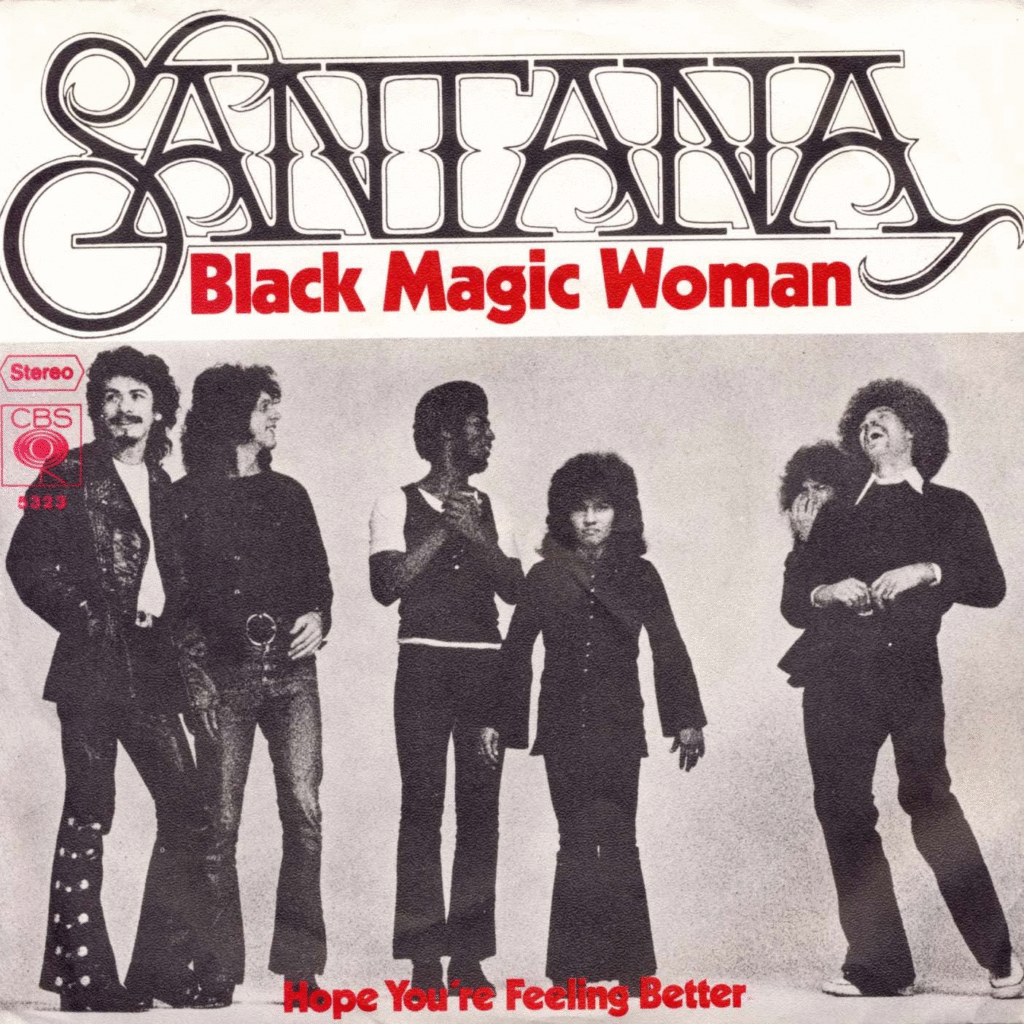
“Santana transformed a beautiful song into something sublime,” says music critic Robert Christgau. Fleetwood Mac originally wrote “Black Magic Woman” as a straightforward blues in D minor with Peter Green’s clean guitar tone leading the way. But Santana? He basically took that blueprint, added a gallon of hot sauce, and reinvented musical cuisine.
Santana merged rock, blues, and Latin rhythms, incorporating congas, timbales, and that searing guitar tone with generous helpings of sustain and reverb. This fusion established Latin rock as a major force. While Fleetwood Mac’s original showcased a bluesy vibe, Santana’s percussion fueled it into a cross-cultural revelation that makes listeners feel both mystified and enlightened in a four-minute span. Guitar legends have often defined classic covers, from Santana’s fiery reinterpretations to Joan Jett’s punchy riffs. For a deeper dive into the musicians behind these legendary sounds, visit the top 100 greatest guitarists of all time.
16. Oye Como Va

Over 75% of listeners associate “Oye Como Va” solely with Santana. Tito Puente, however, composed it first. Santana later transformed it into Latin rock. Puente’s original was mambo. Santana adapted its instrumentation.
The energy amplified its reach. His cover brought Puente’s genius to a global audience. Now, the song will stay around in the world for generations to come, bridging cultures and introducing countless listeners to Latin musical traditions.
15. Evil Ways

Jazz’s subtle swing contrasts sharply with Santana’s rock energy. Willie Bobo first released “Evil Ways.” Santana made it a hit. Santana’s version combined Latin rhythms with a bluesy guitar. Willie Bobo emphasized a jazz approach.
Santana was far more fusion. Each version showcases a unique interpretation. The transformation demonstrates how musical arrangements can completely change a song’s appeal and energy, bringing it to entirely different audiences.
14. Jingo
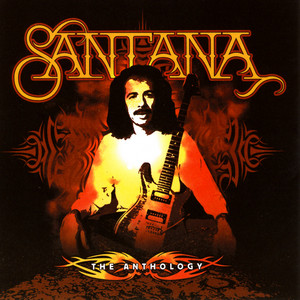
Babatunde Olatunji, a Nigerian percussionist, created “Jingo.” Santana later honored him with a rock fusion. Santana infused rock elements with African percussion. Olatunji brought African rhythms to the world. Santana amplified that with rock.
This fusion expanded world music’s reach. Olatunji should never be forgotten. The Santana legacy brings this cultural bridge closer. The track exemplifies how global musical traditions can blend to create something both authentic and accessible.
13. She’s Not There
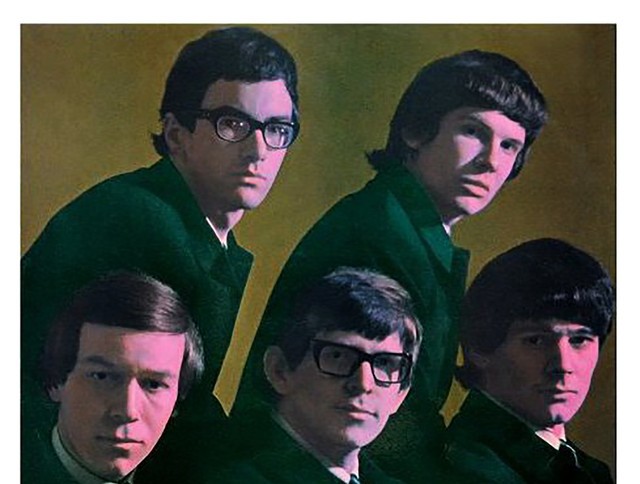
Ever wonder about the British Invasion’s impact on rock? The Zombies, a British band, initially released “She’s Not There.” Santana then transformed it with Latin flair. The Zombies played tight, atmospheric tunes. Santana put the song in Latin America.
Santana took the song with all sorts of flavors in rock. Those changes create a fascinating contrast between the original’s moody atmosphere and Santana’s energetic interpretation. The song remains a hit in Latin America, showcasing its cross-cultural appeal.
12. Torn
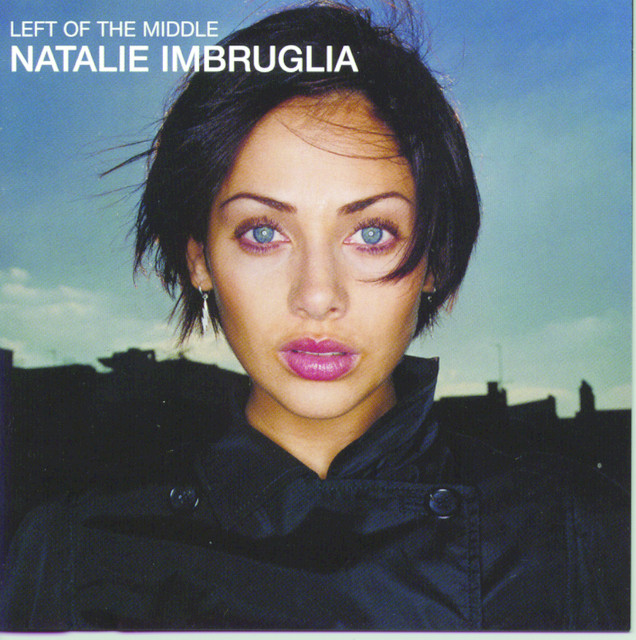
Imagine loving a song without knowing its path. “Torn” began as “Brandt,” a Danish song. Few outside Denmark heard it. Then other versions including Edna Swap. Natalie Imbruglia solved that problem. The song writers were Scott Cutler and Anne Preven.
She transformed it into a global hit. This boosted her career. “Torn” connected with audiences. Even today, its emotion still resonates with many, proving that sometimes the third or fourth interpretation of a song can become the definitive version.
11. She’s the One
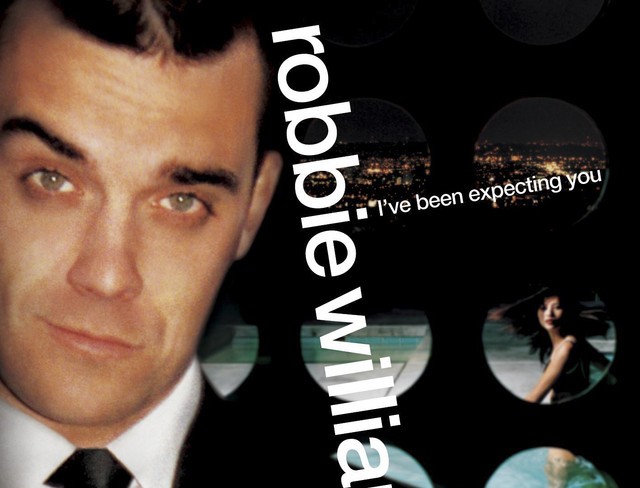
Most don’t know “She’s the One” originated with World Party. A couple of years prior, this British band made it a hit. Robbie Williams later recorded it. His version was nearly a carbon copy. World Party crafted a unique sound.
Williams amplified it. It gave it a whole new generation. This case demonstrates how sometimes even a faithful cover can bring deserved attention to excellent songwriting that might otherwise remain in relative obscurity to mainstream audiences.
10. Killing Me Softly with His Song
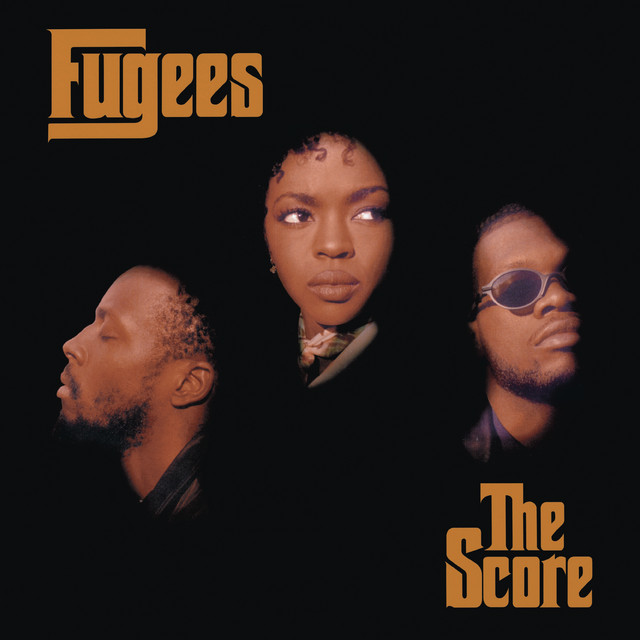
Imagine listening to a song describing your feelings. That’s what happened to Lori Lieberman. She heard Don McLean at The Troubadour. That experience gave her and the lyricist the words. Lieberman created “Killing Me Softly.”
But Roberta Flack made it famous. Her rendition infused soul elements. That gave the song emotional power. The song’s journey from inspiration to interpretation showcases the collaborative nature of musical creation and evolution.
9. Feeling Good
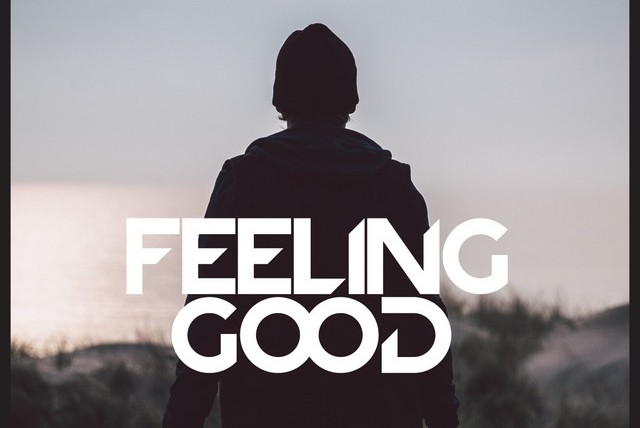
A theatrical orchestra swells, a voice soars. “Feeling Good” started in a 1964 musical with a traditional Broadway arrangement in B♭ major. The Roar of the Greasepaint – The Smell of the Crowd introduced it to theater audiences, but Nina Simone essentially took it home, adopted it, and raised it to greatness.
Simone reimagined it in F minor with a sparse, jazz-inflected piano introduction before unleashing a full brass and rhythm section. Her version made it a jazz standard with a haunting quality no Broadway stage could contain. Simone’s genius lay in her ability to transform pleasant show tunes into profound statements—like turning water into wine, except with notes instead of grapes.
8. My Baby Just Cares for Me

Imagine hearing a jazz tune in a silent film. The film version of the musical comedy Whoopee originally had “My Baby Just Cares for Me.” Simone made it unforgettable. Her voice infused it with passion.
Thanks to her, it gained new fans. Her voice is something special and her career took off. It did reach a wider audience. Decades later, her version found renewed popularity when featured in a Chanel No. 5 perfume commercial, introducing it to yet another generation.
7. I Put a Spell on You
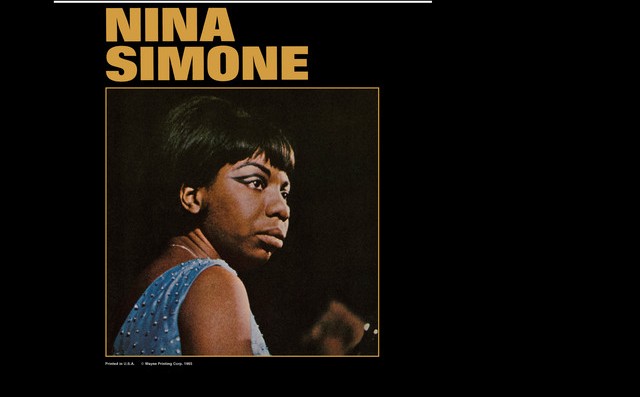
“Hawkins’ version is unhinged; Simone’s is refined,” notes critic Greil Marcus. Screaming Jay Hawkins originally wrote it as a refined blues ballad, but after a few bottles of muscatel in the studio, delivered a wild, theatrical performance complete with primal screams and guttural incantations in E minor.
Nina Simone, meanwhile, transformed the song with a jazz musician’s precision. Her arrangement used sophisticated minor seventh and ninth chords, a carefully controlled dynamic range, and vocals that built tension through restraint rather than excess. Where Hawkins sounded like he might actually hex you, Simone’s spell-casting felt like a masterclass in musical hypnosis—less about scaring listeners than about making them surrender willingly to her undeniable magic.
6. Don’t Let Me Be Misunderstood
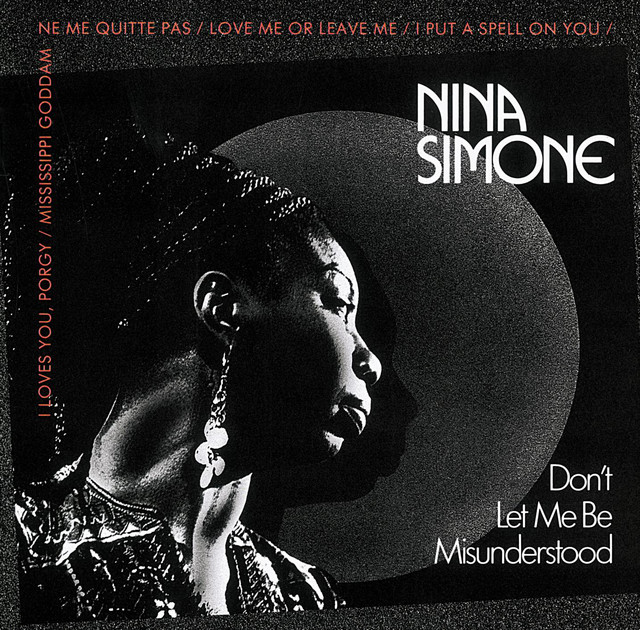
Many think “The Animals” wrote “Don’t Let Me Be Misunderstood.” Nina Simone sang it first. The British band provided their spin. The animals took a soul tune to a rock tune. However, with Simone the emotion came across even more clear.
The transformation showcases how arrangement and performance style can completely alter a song’s impact and audience. Both versions continue to captivate listeners with their distinct emotional qualities and technical approaches.
5. House of the Rising Sun

A folk song is one with unknown authorship passed down through generations. “House of the Rising Sun” is a key example of folk songs. The Animals had their most famous recording doing this. It had multiple recordings prior.
However, it still topped charts. The number of unique songs made that has folk elements is massive. It all helped establish folk-rock. More than 100 versions have emerged over time. The song’s persistent appeal across countless interpretations speaks to its timeless quality.
4. Dancing in the Moonlight
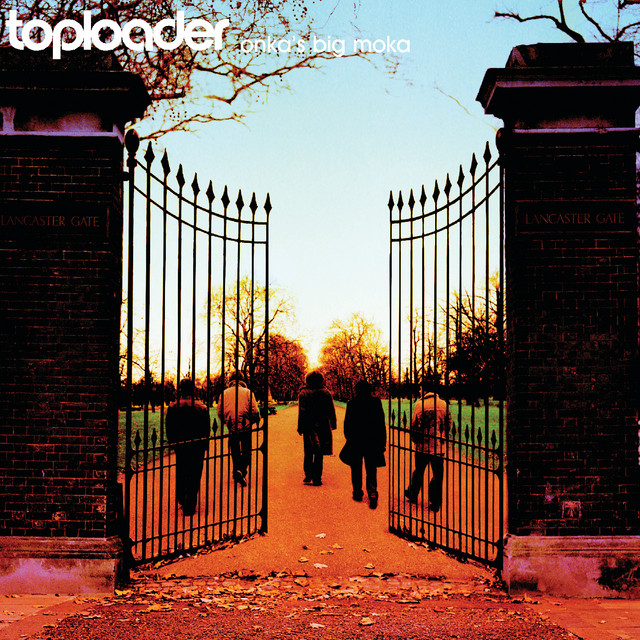
Many only know Toploader’s version. If you live in the UK you’re probably most familiar with the 2000 hit version. However, King Harvest came before. Those living in the US though are probably a lot more familiar with the 1972 version.
But new bands can still take their turn. Music is cyclical. Toploader and King Harvest can introduce new sounds. Both groups help the song transcend musical boundaries. The geographic divide in recognizing different versions illustrates how regional popularity shapes music perception.
3. The Air That I Breathe

Because Albert Hammond wrote it, listeners should appreciate him. Albert Hammond wrote and performed it. Then, The Hollies performed it in 1974. The Original version was released in 1972. What elements made it a classic? The melody helped this one soar.
The production also. It is a song that just feels like breathing. The Hollies’ rendition became the definitive version for most listeners, showing how sometimes a song needs the right voice and arrangement to reach its full potential.
2. Hound Dog
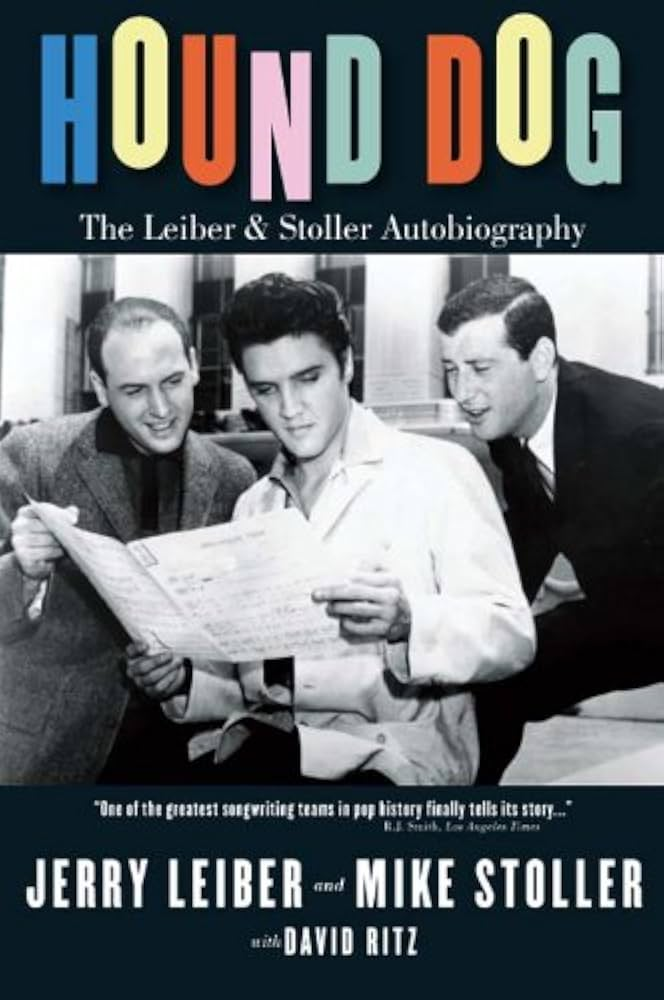
That’s where “Hound Dog” started. Written by Jerry Leiber and Mike Stoller, Big Mama Thornton first recorded it in 1952. Elvis Presley then stepped in. In 1956, he shook his hips and made it his own.
It moved from the blues clubs to the top of the pop charts. Elvis also took it to more places. Thornton’s original was raw blues while Elvis’ cleaned it up for mainstream audiences. The contrast between these versions highlights how music transformed across racial and cultural boundaries.
1. Tainted Love
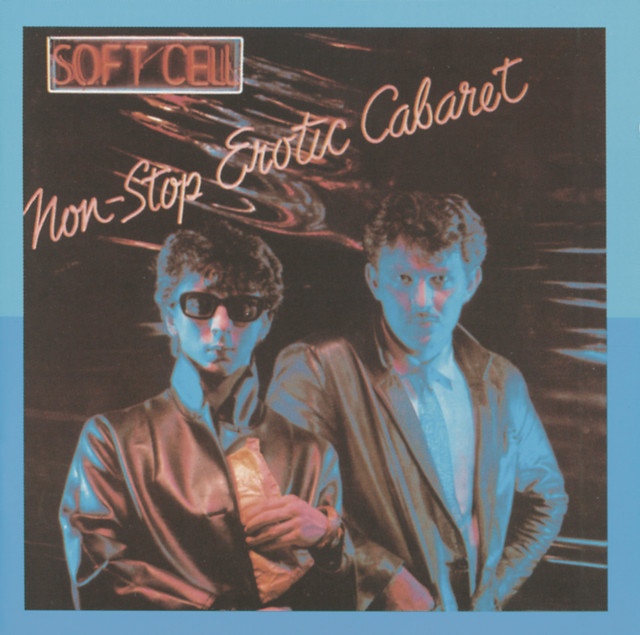
Over 90% of listeners associate “Tainted Love” with Soft Cell’s synth-driven 1981 hit. Few know Gloria Jones sang it first in 1964 as a punchy Northern Soul track in C major with a driving Motown-inspired rhythm section and brassy horns. Jones’ version had all the subtlety of a jackhammer—and all the soul of a Stax recording session.
Soft Cell completely reimagined it with minimal synth arrangements in A minor, replacing live drums with an iconic drum machine pattern at a slower tempo. Their coldwave synth treatment transformed a soul stomper into a new wave testament to emotional detachment. It’s like they took a vintage Cadillac, stripped it for parts, and built a spaceship—somehow maintaining the original’s power while launching it into an entirely different musical universe. Many of these transformative covers have powered the soundtracks to the largest live shows ever. For a look at legendary performances that brought these songs to global stages, explore the top 30 biggest concerts ever performed.







